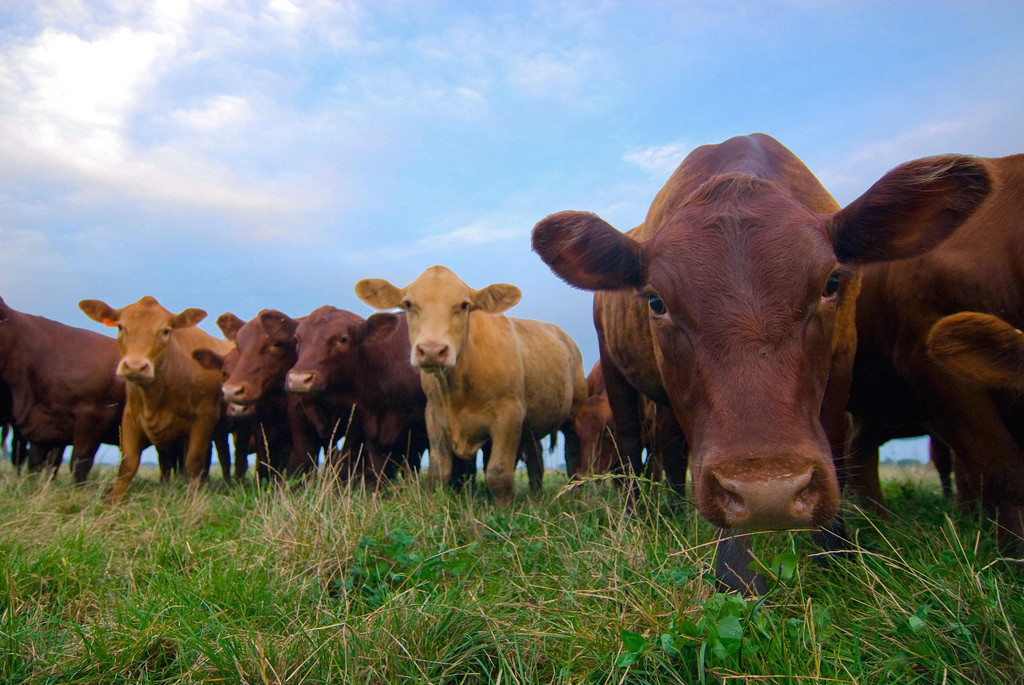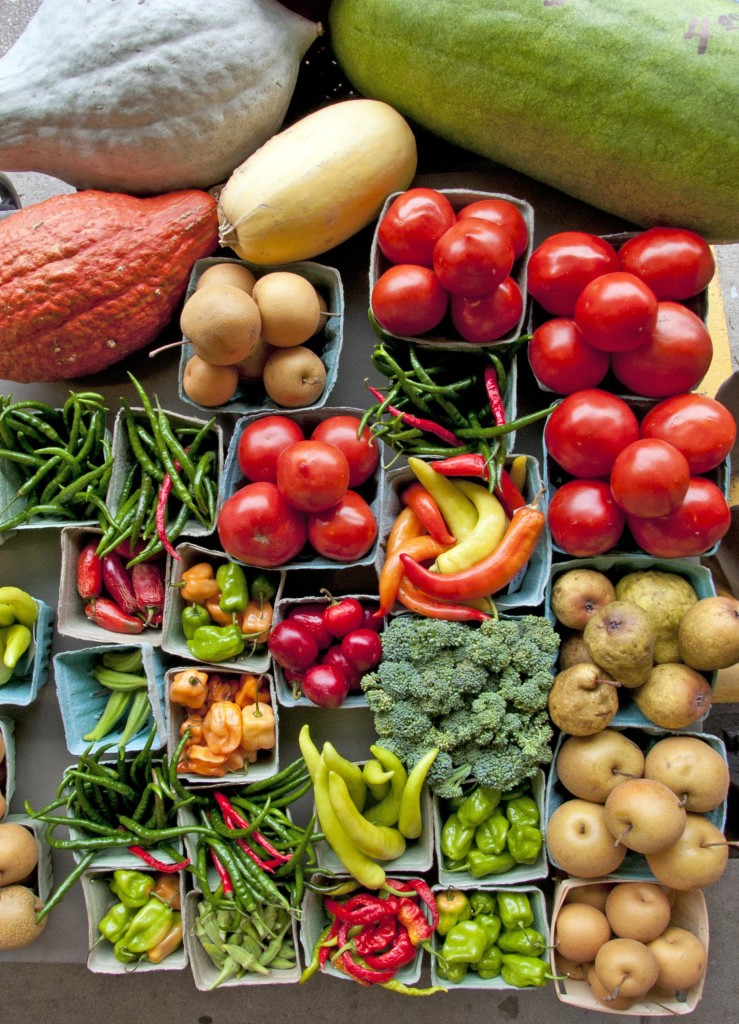

“You are what you eat” is probably the most used saying when describing the significance of nutrition in our lives, and it goes way back. In 1826 a French politician and gastronome, Anthelme Brillat Savarin wrote: “Tell me what you eat and i will tell you what you are”. The actual phrase became known in English by the the nutritionist Victor Lindlahr who was a strong believer that food controls health. Later on the phrase was revived in the hippy era by the whole food and organic food movement. (1)
Today the phrase is already a cliché as it should be, but still very true. The raw materials we provide our body through eating are the building blocks for the body to rebuild and renew itself. They have the most profound impact on the constitution and quality of your being.
Let’s take the liver, for example. Your liver is constantly transforming and synthesizing different substances in your body. It has the job, among many other functions, of being the protein factory of your body, and it uses the protein you provide it as the raw material. The correlation between the quality of raw materials you provide and the quality of the end product – that is your body, can’t be more direct.
But that’s not the whole picture. In a broader spectrum, we are just the last link in a very long process of material being broken down and reused to support a different form of life. Our food, whether plant- or animal-sourced, has its own story of growing and being sustained in a certain environment that had a crucial impact on it. The logic here is so basic and obvious when you think about it, yet many times we tend to forget it. We tend to forget that we are just the last link in this endless cycle of life.
The animals we eat are the most obvious demonstration of the impact the environment has on our food. A piece of meat from an animal that lived the life nature intended it would live, and was fed the food it was supposed to eat, will be dramatically different than meat from an animal living in the wrong environment and being fed the wrong kind of food.
Unfortunately, the practices of animal raising in the conventional meat industry, which are the overwhelming majority of it, are a huge concern. In his books, Michael Pollan has done an amazing job in exposing some of those practices that are not only terrible on the health level but also on the environmental and moral level.
If you haven’t read “The Omnivore’s Dilemma” yet, it is one of the best documents out there, telling the story of our food, and the picture is mostly a grim one. The subject is obviously complicated and controversial, but the bottom line for you and what’s on your dinner plate is simple: The animal’s quality of life determines the quality of your meat. Here are some examples:

Cows – Cows are ruminants and, as such, naturally live on pasture and eat grass. Their multi-stomach digestive system was designed to break down fibrous grass and plants and absorb their nutrients, not starchy, low-fiber grains. Unfortunately, the majority of the beef industry is based on cows grown on soy and corn. These have much less of a nutritional value to cows and cause some serious physical problems to the cows that are given low-dose antibiotics to deal with these conditions. Low nutrition to the cows translates to lower nutrition to you. in comparison to conventional beef, grass fed beef was found to have a much better fat profile content with higher omega 3 fatty acids level – almost 5 times as much.
Besides the unnatural food cows are fed, they live in huge and extremely crowded facilities and have a very stressful life. The moral issue is important in itself, but from a nutritional standpoint, is this the kind of meat you want on your dinner plate?
Chicken – Chickens raised on pasture eat grass, grubs, and insects. They are supplemented with some organic grains. In the process of the industrialization of our food, chickens have gone through the same process as cows. It is cheaper to grow chickens in big, crowded facilities and to feed them only grains. Here, too, chickens get sick and are given antibiotics. What we get in the end is an oversized pale chicken with much less nutritional value. Oh, and there’s the flavor issue; if you’ve had pastured chicken once, you know there is a huge difference. Pastured chicken is firmer in texture and has a much deeper flavor. This is how chicken is supposed to taste.

Eggs – Eggs from pastured chickens were found to have a much better nutritional profile than conventional eggs. See my post about eggs to learn more.
Pigs – Like cows and chickens, most of the pigs in the U.S. are grown in CAFOs. (concentrated animal feeding operations). These pigs are an engineered breed that was design to fit the factory farm model. They are fed on poor nutrition and many times are given growth hormones and antibiotics. A natural diet for pigs, when raised on pasture, includes grass, clover, plant roots, leaf plants, and more. For optimized nutrition they are supplemented with legumes and good-quality grains. The breeds that are naturally raised are called heritage breeds. These are old breeds that were popular before World War 2 when pigs were raised outdoors on family farms. It’s hard to even compare meat from modern industrial breeds to heritage breeds. The heritage breeds are juicier, beautifully marbled with fat, and have a pinkish color to their meat. No big surprise here; healthier meat is also much tastier.
Plants – Plants are not an obvious part of this list, but if you think about it, plants are living organisms fed by the sun and the ground they grow in. When it comes to plants, the first thing to consider is organic vs. non-organic fruits and vegetables. The question of, if organic produce has a higher nutritional value over conventional produce, is a very debated subject. In the last few years, there seems to be a war of studies about it. The latest study in this debate was published in the British Journal of Nutrition and was based on 343 individual studies. The study found that organic fruits and vegetables contain higher levels of antioxidants by up to 40%.

The main reason is that conventional practices create soil that is depleted of minerals and nutrients that are supposed to sustain the plant. Badly fed plants carry less nutrition for you. Even if we leave the question of nutrient content open, there is still the issue of toxic materials accumulated in plants grown conventionally. The study found higher levels of toxic metals in conventional crops and pesticide residues. Between all the conflicting messages we get from different studies, it’s easy to get lost. For me it comes down to a simple common sense question: all those chemicals sprayed on crops are poisons meant to kill other organisms. The people who spray them in the fields are protected from head to toe, wearing special masks and suits. Are you sure you want to feed your body, even a minimal dose at a time, with produce laden with these chemicals?
The takeaway as always, is to get to know your food and the story behind it. Usually the store where you buy your food is the end point of a very long journey, parts of which the industry don’t want you to know about. In the last decade or so we have been exposed to tons of information revealing those parts of the story some of them are shocking. The good part is that we are running out of excuses like “we didn’t know” or “we didn’t hear” which were valid at the time. The information is available today than ever before. Some practical advice can fill up a whole post by itself, but the best one i can give you is that you buy your food in farmers markets. Unless you grow your food yourself, this is the closest you can get to the source of your food, and it’s a win-win-win situation: to your health, to the environment and of course, to your your taste buds.



